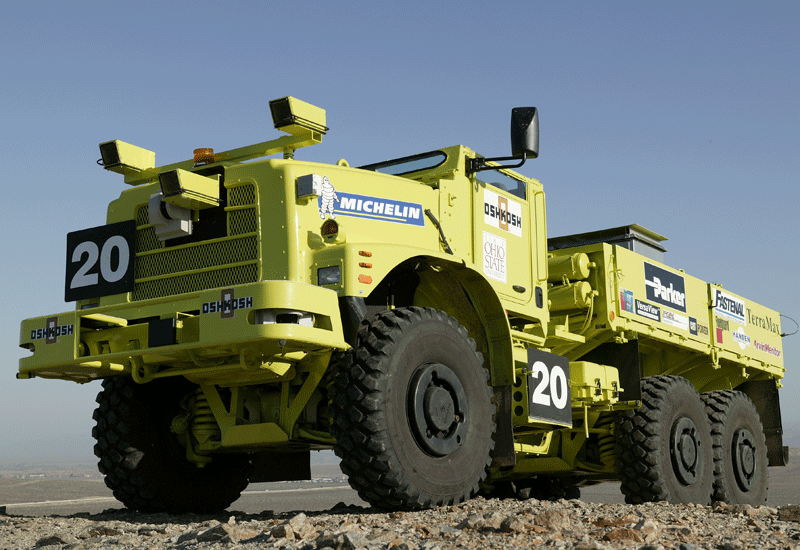Two Terex CC 6800 Crawler Cranes were used to lift two sets of four 630-tonne jackup legs onto two offshore installation vessels. The long steel legs are used to lift the vessels up from the sea during the installation of wind turbines.
Both the installation vessels and the jackup legs were built in South Korea, but shipped separately to Bremerhaven, Germany.
For the installation of the legs, each with a length of 78 metres and a diameter of 3.75 metres, the two Terex cranes were used, as well as a floating crane acting as a tail.
The Terex CC6800 lattice boom crawler crane provides a nominal lifting capacity of 1250 tonnes for a maximum load moment of 13.840 metres and 216-metre maximum tip height.
The Sarens team set up the two CC 6800 units with the same exact SSL-LSL configuration and a 108 metre-long boom, as well as a counterweight of 250 tonnes on the superstructure, 80 tonnes of central ballast, and a 240-tonne superlift counterweight on the 24 meter-long superlift boom.
The wharf required additional concrete reinforcing to deal with the massive weight of the two cranes alongside one another. Set up of the cranes by the eight-person Sarens team took a total of two weeks.
“Given that the loads’ enormous weight required the use of two cranes, it was definitely a good idea to use two units of the same exact model so that we could ensure that everything would be perfectly synchronized,” said Jelle Schepens a project manager at Sarens.
Another complication for the team was the bureaucratic requirements of operating within a free zone.
“Since the assembly was being performed at a free port, the project was legally considered to be taking place abroad in non-European territory,” said Schepens.
“In other words, all building materials and components had to go through customs in order to reach the site, which not only entailed an enormous amount of administrative work, but also made the scant time available for the project all the more dear.”




